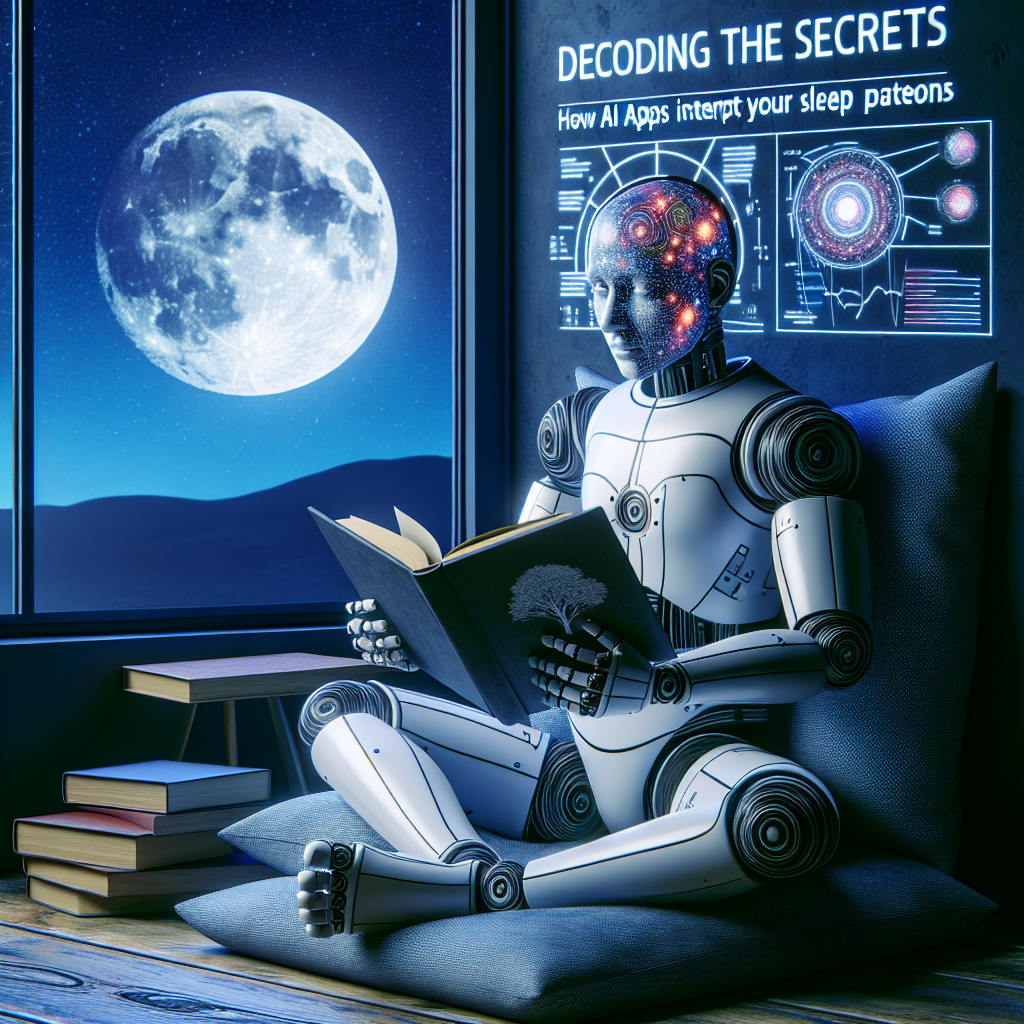In our fast-paced society, quality sleep often falls victim to hectic schedules and digital distractions. To address sleep-related challenges, numerous individuals are embracing AI-driven applications that claim to analyze sleep patterns and enhance overall sleep quality. But how do these applications function, and what technology drives their complex operations? Let’s explore the captivating intersection of sleep science and artificial intelligence.
Understanding Sleep Patterns
Before we dive into how AI applications analyze sleep, it’s crucial to grasp the fundamentals of sleep cycles. Sleep is segmented into various stages, including:
- Light Sleep (Stages 1 and 2): This easily disrupted stage prepares the body for deeper sleep.
- Deep Sleep (Stage 3): Vital for physical restoration and recovery, this stage is fundamental to essential bodily functions.
- REM Sleep: Marked by rapid eye movement, this stage is key for cognitive processes such as learning and memory consolidation.
Effective sleep isn’t just about duration; it also relies on the quality and balance of these stages.
The Role of AI in Sleep Analysis
AI applications employ advanced algorithms and machine learning techniques to monitor and evaluate various sleep metrics. Here’s how they operate:
1. Data Collection
Many sleep-focused applications use a mix of methods to gather data:
- Wearable Devices: Smartwatches and fitness trackers monitor heart rate, movement, and sometimes even blood oxygen levels.
- Smartphone Sensors: Applications installed on smartphones leverage built-in sensors to detect movement and sound, with some even analyzing the sleep environment.
- Surveys and Questionnaires: Users often provide information about their sleep habits, lifestyle, and health conditions, refining the app’s analysis.
2. Machine Learning Algorithms
Once the data is amassed, machine learning algorithms take over. These algorithms evaluate patterns over time, incorporating various factors, including:
- Sleep Duration: Total hours of sleep per night.
- Sleep Quality: Metrics such as restlessness and interruptions.
- Sleep Cycles: Variations in stages throughout the night.
By analyzing historical data, the algorithms can identify trends and provide personalized suggestions to enhance sleep quality.
3. Sleep Insights and Recommendations
Following data analysis, AI applications offer users detailed insights, including:
- Sleep Score: A numerical value representing sleep quality based on various metrics.
- Trends Over Time: Visual representations that show how sleep patterns evolve with lifestyle changes.
- Personalized Tips: Guidance on enhancing sleep, like adjusting bedtime, enhancing the sleep environment, or adopting specific relaxation techniques.
The Science Behind AI Sleep Analysis
To accurately interpret sleep data, AI applications often rely on established sleep studies and research. They may use recognized metrics like the Pittsburgh Sleep Quality Index (PSQI) or Epworth Sleepiness Scale as benchmarks, ensuring their analyses correspond with accepted sleep science.
Moreover, advancements in natural language processing enable these applications to interact with users through conversational interfaces. Users can inquire about their sleep statistics, receive explanations in easily understood terms, and even communicate with digital assistants for motivational reminders.
The Benefits and Limitations
Benefits
- Personalization: Customized recommendations tailored to individual sleep patterns.
- Enhanced Awareness: Users gain deeper insights into their habits and their effects on sleep.
- Long-term Insights: Continuous tracking allows users to observe patterns over months or even years.
Limitations
- Accuracy: Data from wearable devices may not capture sleep quality perfectly compared to clinical sleep studies.
- Over-Reliance: Some users may become overly dependent on technology, leading to anxiety about their sleep.
- Privacy Concerns: As with any app that collects personal information, privacy and data security issues may arise.
Conclusion
AI-driven sleep analysis applications represent a remarkable convergence of technology and health science, offering individuals newfound insights into their sleep patterns. By delivering personalized recommendations and insights through advanced algorithms, these tools empower users to take control of their sleep health. Nonetheless, while they can be valuable resources, it’s vital to balance technology use with a mindful approach to sleep hygiene. As research and technology progress, the future of sleep health appears both promising and profound.

